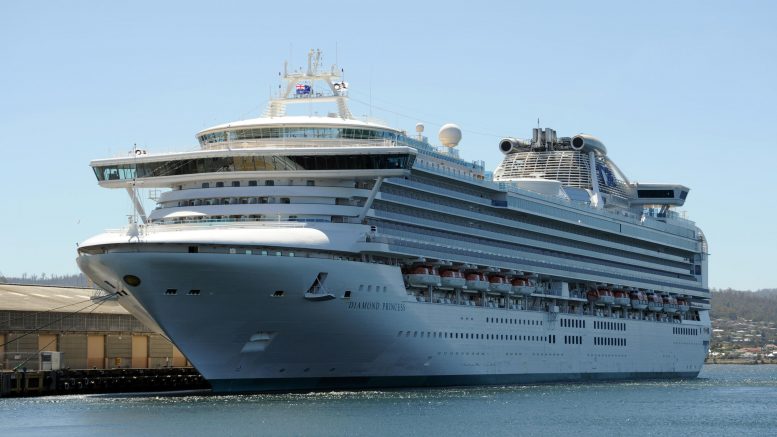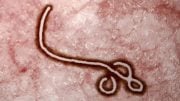
A new study examined the COVID-19 outbreak on the Diamond Princess cruise ship. Passengers were quarantined on the ship for over two weeks, resulting in more coronavirus infected passengers than if they would have disembarked immediately.
The cruise ship Diamond Princess was quarantined for over two weeks resulting in more coronavirus infected passengers than if they would have disembarked immediately. Rather the opposite of what was intended. This according to a study conducted at Umeå University in Sweden.

Joacim Rocklöv, Professor at the Department of Public Health and Clinical Medicine, Umeå University, Sweden. Credit: Mattias Pettersson
“The infection rate onboard the vessel was about four times higher than what can be seen on land in the worst infected areas of China. A probable cause is how close people stay to one another onboard a vessel,” says Joacim Rocklöv, Professor of epidemiology at Umeå University and principal author of the article.
After a person traveling with the cruise ship Diamond Princess disembarked in Hong Kong and was tested positive for the coronavirus, Japanese authorities decided to disallow the 3,700 passengers on board to leave the ship when it reached Yokohama. The ship was hence put in quarantine until 19 February. Passengers who showed signs of illness were, as far as possible, separated from other passengers onboard. When the quarantine in Yokohama, in the end, was removed and passengers could finally disembark, a total of 619 passengers had been infected by the coronavirus.

Henrik Sjödin, Research fellow, Department of Public Health and Clinical Medicine, Umeå University, Sweden. Credit: Mattias Pettersson
“If the ship had been immediately evacuated upon arrival in Yokohama, and the passengers who tested positive for the coronavirus and potential others in the risk zone had been taken care of, the scenario would have looked quite different. Our calculations show that only around 70 passengers would have been infected. A number that greatly falls short of the over 600 passengers the quarantine resulted in. The precautionary measure of putting the entire ship under quarantine was understandable, but due to the high risk of transmission on the ship, the decision is now questionable,” says Joacim Rocklöv.
At the same time, the study also shows that if the precautionary measures of isolating potential carriers had not been carried out on board, another 2,300 people would have been infected.
Reference: “COVID-19 outbreak on the Diamond Princess cruise ship: estimating the epidemic potential and effectiveness of public health countermeasures” by J Rocklöv, PhD; H Sjödin, PhD and A Wilder-Smith, MD, 28 February 2020, Journal of Travel Medicine.
DOI: 10.1093/jtm/taaa030









Be the first to comment on "How the Corona Quarantine on Cruise Ship Failed – But It Could Have Been Worse"